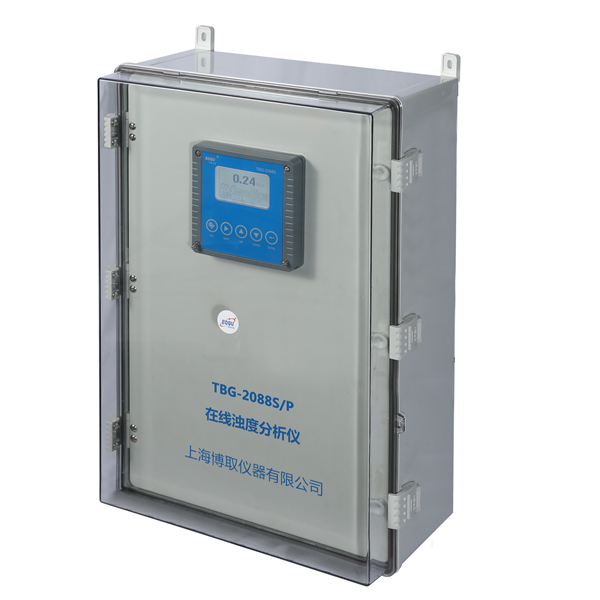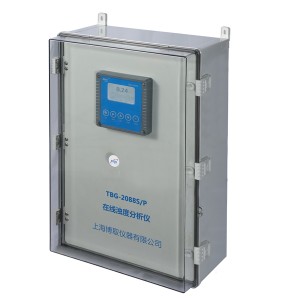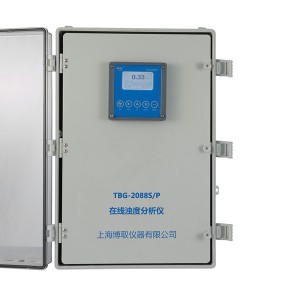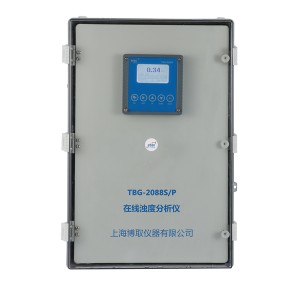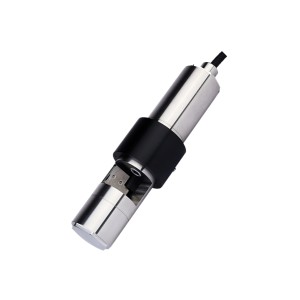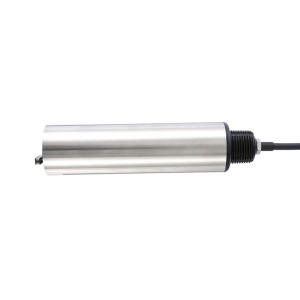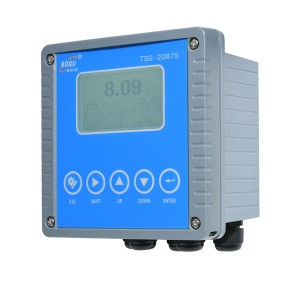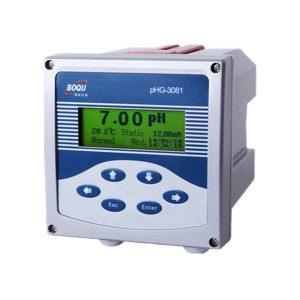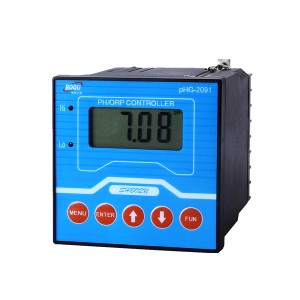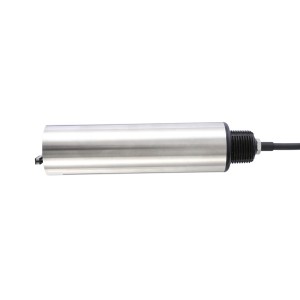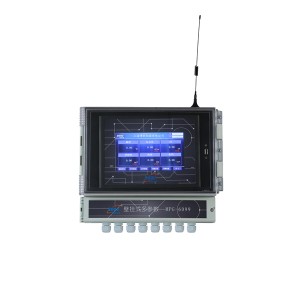Introduction
TBG-2088S/P turbidity analyzer can directly integrate the turbidity inside the whole machine, and centrally observe and manage it on the touch screen panel display;
the system integrates water quality online analysis, database and calibration functions in one, Turbidity data collection and analysis provide great convenience.
1. Integrated system, can detect turbidity;
2. With original controller, it can output RS485 and 4-20mA signals;
3. Equipped with digital electrodes, plug and use, simple installation and maintenance;
4. Turbidity intelligent sewage discharge, without manual maintenance or reducing the frequency of manual maintenance;
Application field
Monitoring of chlorine disinfection treatment water such as swimming pool water, drinking water, pipe network and secondary water supply etc.
Technical Indexes
| Model | TBG-2088S/P | |
|
Measurement configuration |
Temp/turbidity |
|
| Measuring range | Temperature |
0-60℃ |
| turbidity |
0-20NTU/0-200NTU |
|
| Resolution and accuracy | Temperature |
Resolution:0.1℃ Accuracy:±0.5℃ |
| turbidity |
Resolution:0.01NTU Accuracy:±2% FS |
|
|
Communication Interface |
4-20mA /RS485 |
|
|
Power supply |
AC 85-265V |
|
|
Water flow |
< 300mL/min |
|
|
Working Environment |
Temp:0-50℃; |
|
|
Total power |
30W |
|
|
Inlet |
6mm |
|
|
Outlet |
16mm |
|
|
Cabinet size |
600mm×400mm×230mm(L×W×H) | |
What's Turbidity?
Turbidity, a measure of cloudiness in liquids, has been recognized as a simple and basic indicator of water quality. It has been used for monitoring drinking water, including that produced by filtration for decades. Turbidity measurement involves the use of a light beam, with defined characteristics, to determine the semi-quantitative presence of particulate material present in the water or other fluid sample. The light beam is referred to as the incident light beam. Material present in the water causes the incident light beam to scatter and this scattered light is detected and quantified relative to a traceable calibration standard. The higher the quantity of the particulate material contained in a sample, the greater the scattering of the incident light beam and the higher the resulting turbidity.
Any particle within a sample that passes through a defined incident light source (often an incandescent lamp, light emitting diode (LED) or laser diode), can contribute to the overall turbidity in the sample. The goal of filtration is to eliminate particles from any given sample. When filtration systems are performing properly and monitored with a turbidimeter, turbidity of the effluent will be characterized by a low and stable measurement. Some turbidimeters become less effective on super-clean waters, where particle sizes and particle count levels are very low. For those turbidimeters that lack sensitivity at these low levels, turbidity changes that result from a filter breach can be so small that it becomes indistinguishable from the turbidity baseline noise of the instrument.
This baseline noise has several sources including the inherent instrument noise (electronic noise), instrument stray light, sample noise, and noise in the light source itself. These interferences are additive and they become the primary source of false positive turbidity responses and can adversely impact the instrument detection limit.

